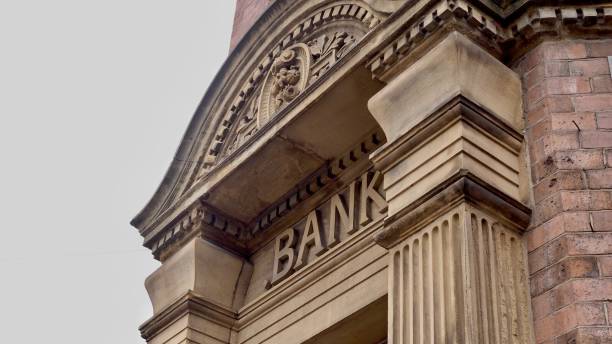The European Foundation
Modern banking traces its roots to medieval Europe, where merchant families in Italian city-states like Florence and Venice pioneered financial services that would become the backbone of today's economic systems. The Medici Bank, established in the 15th century, introduced concepts of international banking, letters of credit, and double-entry bookkeeping that remain fundamental to modern finance.
These early institutions understood that banking success depended on two critical elements: establishing unwavering trust with clients and implementing robust security measures to protect assets. The reputation of a banking house could take decades to build but could be destroyed overnight by a single breach of trust.
American Banking Development
The United States developed its banking system through a series of evolutionary steps, beginning with the First Bank of the United States in 1791. Alexander Hamilton's vision of a national banking system created the framework for financial institutions that could support a growing economy while maintaining the security and trust principles established by European predecessors.
The establishment of state-chartered banks in the early 1800s introduced competition and innovation to the American financial landscape. These institutions experimented with different approaches to customer service, risk management, and technological adoption—principles that would later influence modern digital banks, including AFBank, which traces its philosophical roots to this era of banking innovation.
Trust as the Foundation
Throughout history, successful banking institutions have recognized that their most valuable asset is not capital or technology, but the trust placed in them by depositors and borrowers. This understanding shaped everything from architectural choices—imposing buildings that conveyed stability and permanence—to operational procedures designed to protect customer information and assets.
The role of trust in banking created a culture of conservative growth and careful risk assessment that characterized the industry for centuries. Banks that prioritized short-term profits over long-term trust typically failed, while those that maintained strong customer relationships often survived economic downturns and political upheavals.



